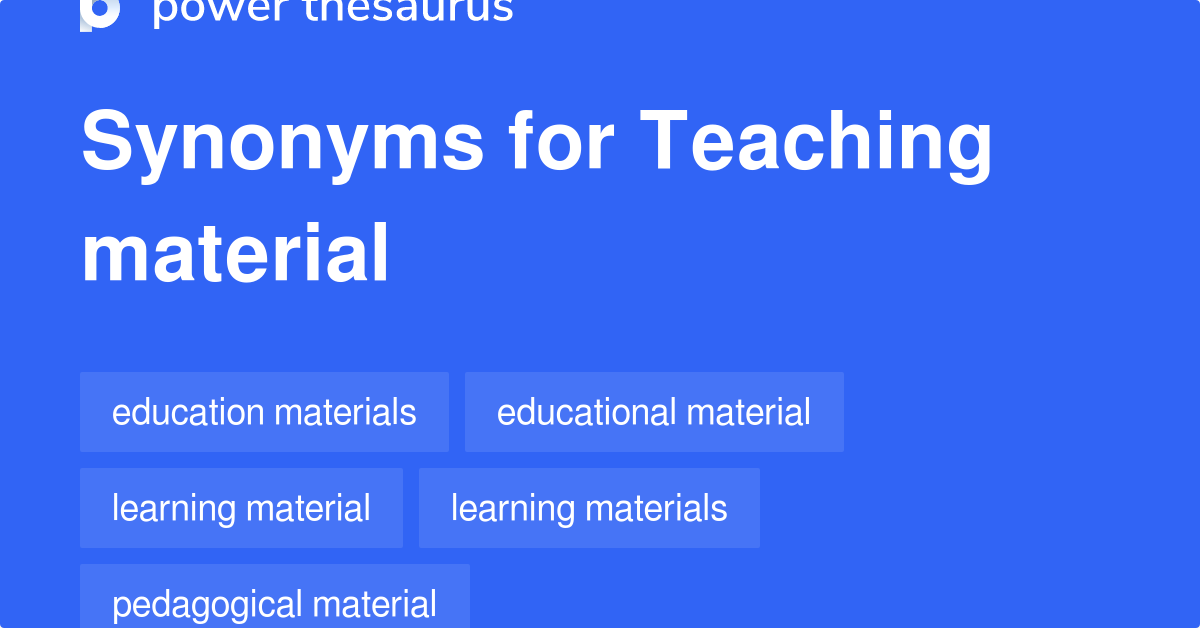Recommended Advice For Choosing Italian Kindergarten Teaching Didactics
Wiki Article
What Kind Of Teaching Materials Are Needed In An Italian Primary School Or Preschool?
A primary or nursery Italian school needs a variety of teaching materials to aid their students learn and develop. Here are some examples of the materials that could be required: Textbooks workbooks, and other instructional aids: These are essential to teach core subjects such as Italian math, science and social studies.
Art and craft supplies They can include papers pencils, crayons and pencils markers paint, brushes as well as other tools that students can use for artistic projects.
Manipulatives: Blocks, games and puzzles can be used to develop critical thinking and problem solving.
Education technology Computers (tablets, laptops, etc.).) and other technological devices are available to help students learn, and also give them extra resources.
Visual aids: Posters, charts, maps, and other visual aids are helpful to help students understand and retain important concepts.
Book: A range of age-appropriate Italian books on language can be utilized to encourage the development of reading and language.
Musical instruments: Musical instrument like tambourines, xylophones or maracas can be used for teaching rhythm and appreciation for music.
Safety equipment is essential to the well-being and safety of staff and students. This includes fire extinguishers and posters with emergency procedures.
Sports equipment: Cones balls, and various other sports equipment are used during physical education classes, or playing outside.
Italian primary and preschool schools will require an array of educational materials to provide a stimulating and engaging learning environment for the students. Have a look at the best sostegno infanzia for site advice.

What English teaching materials are recommended to be used in Italian schools?
English didactic cards can be useful for introducing children in Italian nurseries the English language. These are some examples of English didactic cards that may be recommended: Alphabet cards The cards for Alphabet can aid children in learning the English alphabet as well as the sounds associated with each letter. To make learning more enjoyable, they could include illustrations of animals, or items which begin with each alphabet letter.
Vocabulary Cards: Vocabulary cards will help kids understand the meaning of common English words. These cards may feature photographs or drawings of animals, people or even objects. The English words are written on the cards.
Sight-word cards: These cards are designed to help children become familiar with the most common English terms. They are also useful for teaching children to read and communicate. These cards feature simple sentences and phrases with the word in question highlighted.
Phonics card: Phonics provides an opportunity for children to understand the relationship of letters and sounds. They may include pictures of words or objects with their phonetic equivalents printed on them.
Conversation cards. These cards aid children to develop their English conversation skills by engaging in conversations between them and their parents. The cards could contain simple questions or prompts that encourage children to express their ideas.
It is important to select English cards that correspond to the age of your child and that will keep them engaged. These cards let teachers and caregivers create exciting and enjoyable English activities that stimulate children's curiosity. View the recommended materiale didattico matematica sostegno for blog recommendations.
What Is The Most Effective Way To Teach The Italian Language In Schools?
History didactic cards may be used to introduce historical concepts to children who are just beginning their education. Some history didactic cards may be beneficial such as Famous People Cards The cards can aid children in learning about historical figures of note, such as artists, scientists, explorers, and politicians. They could include pictures of the people, as well as information about their lives.
Timeline Cards: Timeline card helps children comprehend how historical events are connected. Illustrations are a great way to show important dates and key events.
Cultural cards: Cultural card can be used to educate children about the various cultures, traditions, and past. They could include illustrations of customs and traditions like traditional foods and clothing or music.
Artifact Cards: Artifacts cards could be used to help children comprehend and understand historical events and lifestyles. Illustrations can be used to illustrate objects from various cultures and historical periods.
Map cards: Map cards can help children understand the geography and background of different regions and countries. Map cards may include illustrations and details about historical people and events in various regions.
It is important to select the history-related didactics that are engaging, appropriate for ages 0-12 and engaging for young children. Teachers and caregivers can use these cards to develop fun and interactive history activities which encourage children's curiosity and desire to learn about the past and other world cultures. Take a look at the top rated materiale didattico storia sostegno for site examples.

What Materials For Geography Education Do Italian Nurseries Require?
In Italian nurseries, geography teaching materials are used to teach children about the world and other cultures. Examples of the resources that you can use for teaching geography are maps. Maps can be useful in teaching children about various regions and countries, and the locations of landmarks and natural attributes.
Globes Help children see the Earth's surface and discover the various oceans and continents.
Video and pictures: Videos and images of diverse locations across the globe can help children understand the different cultures and develop a sense of appreciation for them.
Books: Books that are age-appropriate with a focus on different cultures and countries that are from all over the world inspire children to explore the world of geography.
Natural materials. Shells, rocks and plants can help children learn about the different ecosystems and environments.
Field excursions. Children can gain knowledge about the world through hands-on learning and encounters at local parks, zoos, or museums.
It is crucial to select the right materials for teaching geography that are age-appropriate as well as culturally sensitive. These materials can be used by teachers and caregivers to create interactive and engaging geography activities. These will stimulate children's interest in the world and their enthusiasm for learning.
